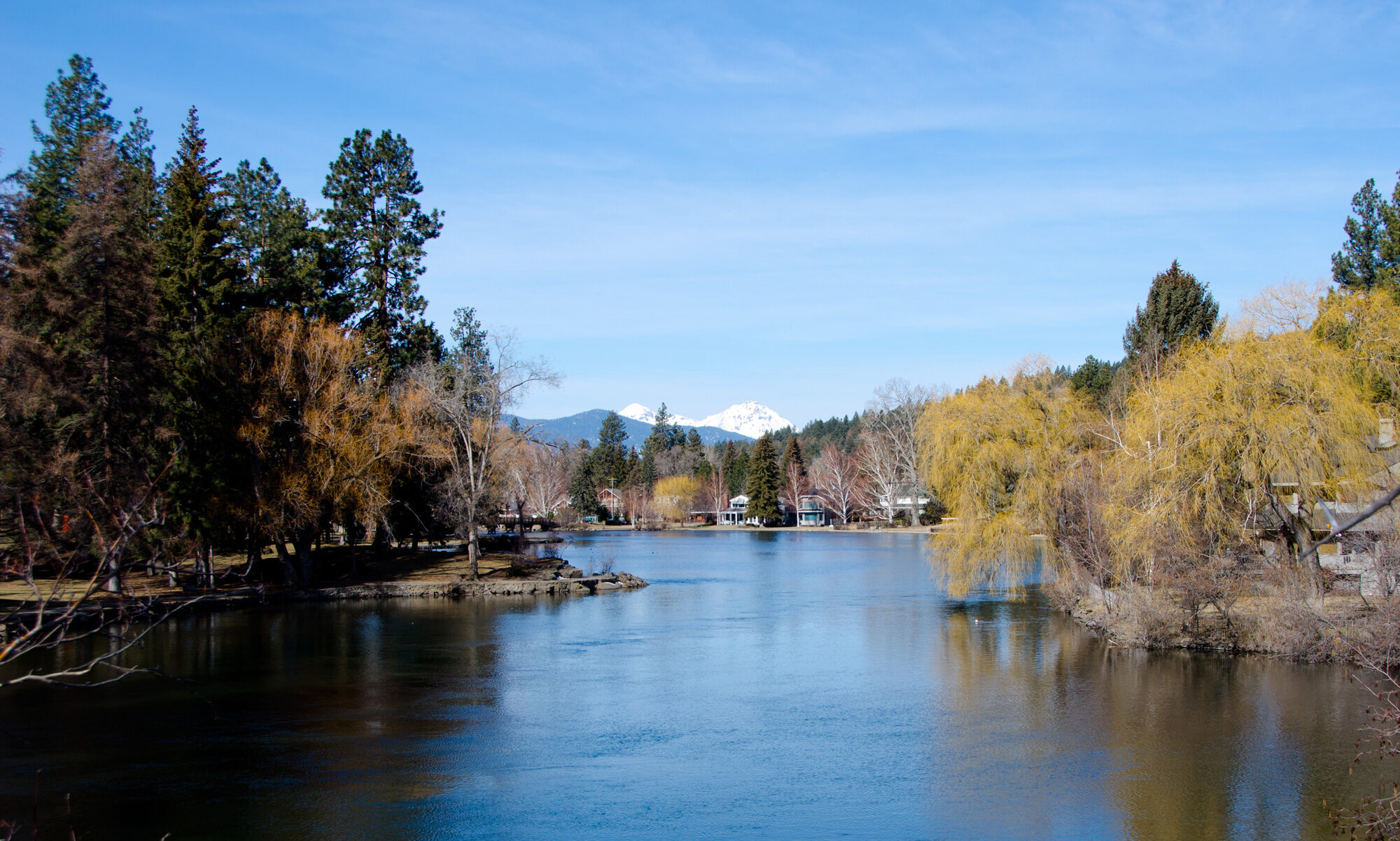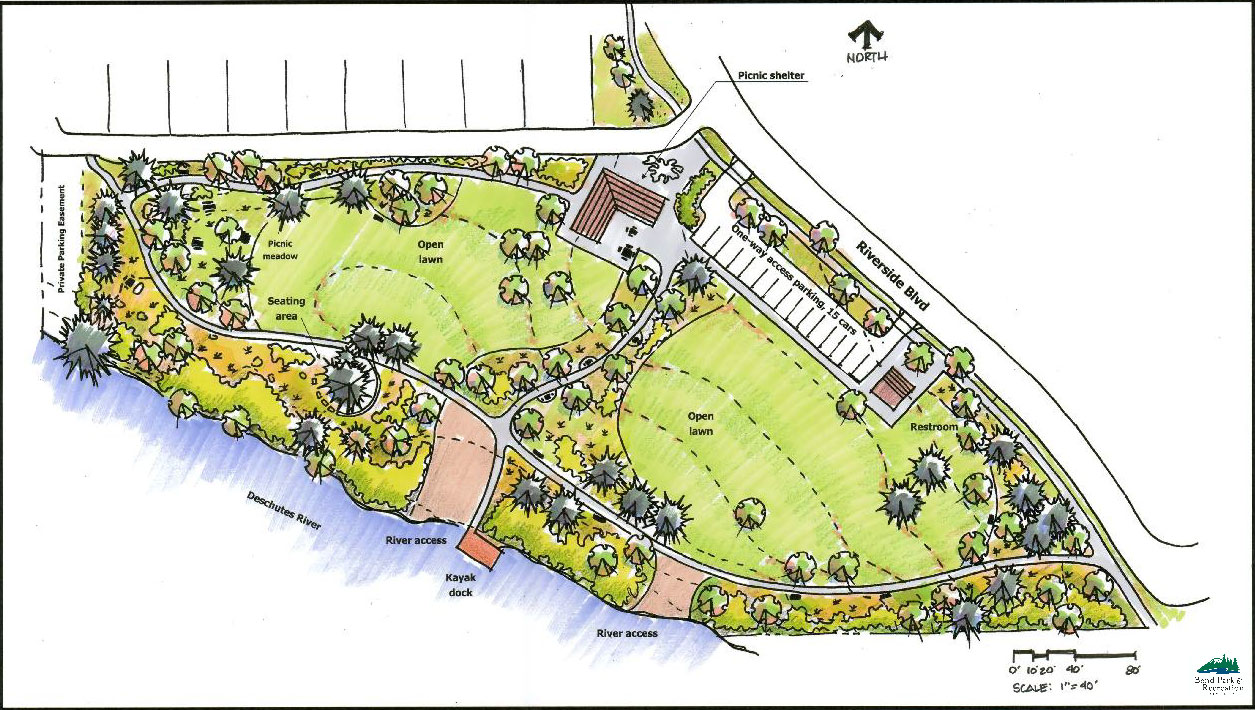Bend’s water was awarded first prize at the Annual Best Tasting Water Contest held by the Pacific Northwest’s Cascade to Coast subsection of the American Water Works Association.
The water sample from the City of Bend, taken from the City’s surface water source springs, won first place this year with a score of 95 out of 120 points. A number of factors contribute to the taste of tap water, including its source, treatment process, pipes and reservoirs. Judges, after a blind taste test, rated water samples based on odor, flavor, and aftertaste. Bend’s water was described as “clean, crisp, and grassy,” with a “nice aftertaste.”
The four judges included a brewery owner, a winemaker, a water analysis systems company official, and a former National Football League fullback. Thirteen water utilities submitted samples to compete for the title on Feb. 16, 2012, in Eugene. Contestants followed strict guidelines for collecting and storing water samples. This was the fifth year of the competition.
As winner of this year’s contest, the City of Bend is eligible to compete for the Pacific Northwest Section title of Best Tasting Water May 2-4 in Yakima, WA.
The Bend Public Works Department plans to improve the surface water infrastructure to provide continued access to cost effective, clean, and reliable drinking water for Bend residents and businesses now and for the future. More information about the Surface Water Improvement project is available online: www.bendoregon.gov/surfacewater.

